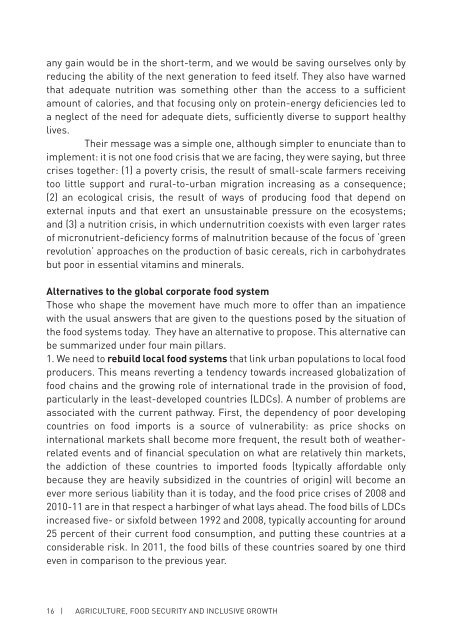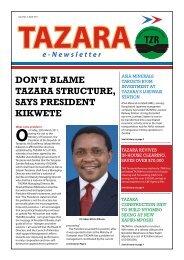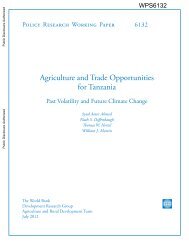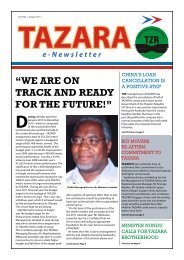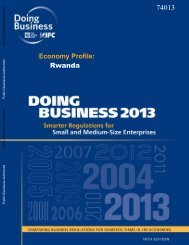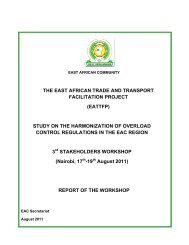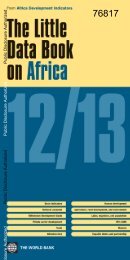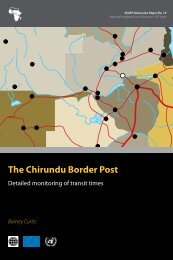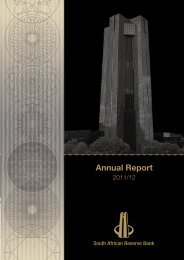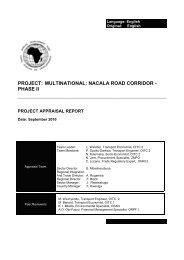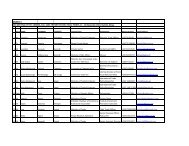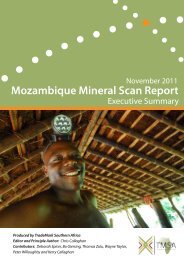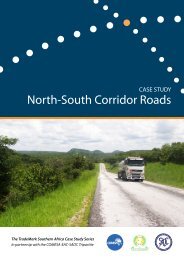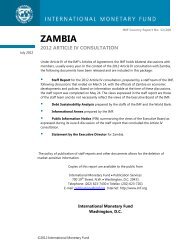Agriculture, Food Security and Inclusive Growth - SID Netherlands ...
Agriculture, Food Security and Inclusive Growth - SID Netherlands ...
Agriculture, Food Security and Inclusive Growth - SID Netherlands ...
Create successful ePaper yourself
Turn your PDF publications into a flip-book with our unique Google optimized e-Paper software.
any gain would be in the short-term, <strong>and</strong> we would be saving ourselves only by<br />
reducing the ability of the next generation to feed itself. They also have warned<br />
that adequate nutrition was something other than the access to a sufficient<br />
amount of calories, <strong>and</strong> that focusing only on protein-energy deficiencies led to<br />
a neglect of the need for adequate diets, sufficiently diverse to support healthy<br />
lives.<br />
Their message was a simple one, although simpler to enunciate than to<br />
implement: it is not one food crisis that we are facing, they were saying, but three<br />
crises together: (1) a poverty crisis, the result of small-scale farmers receiving<br />
too little support <strong>and</strong> rural-to-urban migration increasing as a consequence;<br />
(2) an ecological crisis, the result of ways of producing food that depend on<br />
external inputs <strong>and</strong> that exert an unsustainable pressure on the ecosystems;<br />
<strong>and</strong> (3) a nutrition crisis, in which undernutrition coexists with even larger rates<br />
of micronutrient-deficiency forms of malnutrition because of the focus of ‘green<br />
revolution’ approaches on the production of basic cereals, rich in carbohydrates<br />
but poor in essential vitamins <strong>and</strong> minerals.<br />
Alternatives to the global corporate food system<br />
Those who shape the movement have much more to offer than an impatience<br />
with the usual answers that are given to the questions posed by the situation of<br />
the food systems today. They have an alternative to propose. This alternative can<br />
be summarized under four main pillars.<br />
1. We need to rebuild local food systems that link urban populations to local food<br />
producers. This means reverting a tendency towards increased globalization of<br />
food chains <strong>and</strong> the growing role of international trade in the provision of food,<br />
particularly in the least-developed countries (LDCs). A number of problems are<br />
associated with the current pathway. First, the dependency of poor developing<br />
countries on food imports is a source of vulnerability: as price shocks on<br />
international markets shall become more frequent, the result both of weatherrelated<br />
events <strong>and</strong> of financial speculation on what are relatively thin markets,<br />
the addiction of these countries to imported foods (typically affordable only<br />
because they are heavily subsidized in the countries of origin) will become an<br />
ever more serious liability than it is today, <strong>and</strong> the food price crises of 2008 <strong>and</strong><br />
2010-11 are in that respect a harbinger of what lays ahead. The food bills of LDCs<br />
increased five- or sixfold between 1992 <strong>and</strong> 2008, typically accounting for around<br />
25 percent of their current food consumption, <strong>and</strong> putting these countries at a<br />
considerable risk. In 2011, the food bills of these countries soared by one third<br />
even in comparison to the previous year.<br />
16 | AGRICULTURE, FOOD SECURITY AND INCLUSIVE GROWTH


